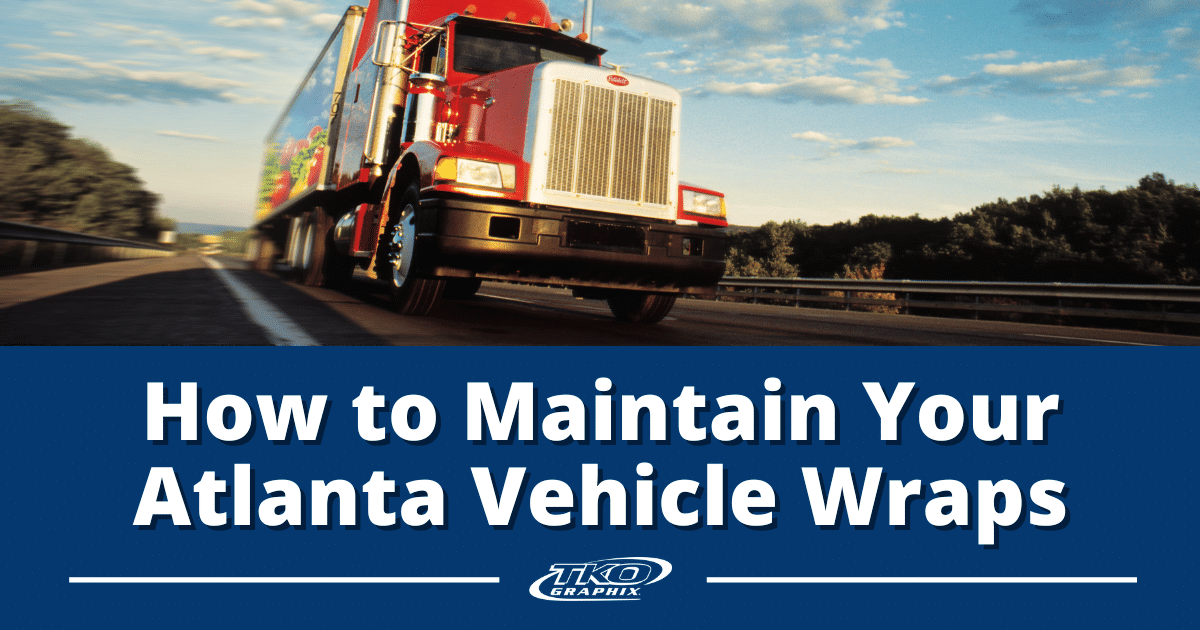Vehicle graphics bubbles happen. Blowing bubbles, bubble baths, and bubble fountains are all good, but vehicle graphics and bubbles don’t make such a good combination. Because over time vehicle graphics bubbles retain moisture, which expands and contacts eventually leading to a tear, often caused by 55 MPH winds coursing over the vehicle as it cruises around the interstate highway. Worse yet, bubble tears don’t pop—they pull. Sometimes in long, jagged, hard to repair, pieces.
Avoiding Vehicle Graphics Bubbles
If you want to avoid vehicle graphics bubbles, I can end this post right here, right now. Hire an established professional vehicle graphics provider. Here’s what a pro will do:
Use the Correct Material
There are many grades of materials as well as varied compositions for different applications. A professional vehicle graphics provider will match the material to the installation. FAQ: Are There Different Adhesive Vinyl Materials?
Proper Preparation
Before applying adhesive vinyl to a vehicle the surface must be clean, dry, and all solvents removed, 5 Steps to Vehicle Graphics Pre Installation Preparation. Because even the smallest debris clinging to the surface can cause bubbling. “Surfaces must be finished, clean, and dry. Organics, such as animal and insect remains, food particles, and plant material, in most cases, may be removed with mild soap and water. Solvents may be needed to remove petrochemicals, for example, wax, oil, or diesel. Understanding how solvents affect the material and following directions on the label will help prevent surface preparation failures.” — Graphics Surface Preparation for Various Substrates.
Installation by the Book
There are many ways to cause bubbles through improper installation. As mentioned above inadequate surface preparation can be a cause bubbling as can overstretching, not heating the vinyl post-application, or installing in unfavorable conditions such as high humidity or cold temperature. “For installation‚ the ultimate temperature-controlled environment is 70° F (21° C) with 50 percent humidity. For best results with films recommended for vehicle wrapping‚ always apply when the air and vehicle surface are both above 60° F (16° C).” –3M Graphic Solutions
It’s important to find experienced and knowledgeable adhesive vinyl installers. Adhesive vinyl graphics application isn’t a DIY project that anyone can do, How to Find the Best Vehicle graphics Installers.
How to Remove a Vehicle Graphics Bubble
The best time to remove a vehicle graphics bubble is during installation. The longer a bubble is allowed to fester the more problems it can cause. To remove a bubble:
- Use a pin to put a small hole in the center of the bubble.
- Squeegee around the bubble.
- For rivets use a rivet tool or Rolle Pro to pop the rivet out not allowing bubbles to form on the edges of the rivet.
- Channel collapse is when the adhesive separates from the vinyl causing bubbles and may require reinstallation.
Go Pro or Stay at Home
Your best bet is to hire someone who knows what they’re doing. Vehicle graphics installation is complicated. There are hundreds of considerations, not just bubbles, all of which can lead to problems. If you’d like to talk with a professional team we’re on top of this — we’re not on the bubble. Contact Us.
If you’d like a free estimate for your fleet or vehicle graphics; you can Request A Quote.
TKO Graphix is a national fleet and vehicle graphics company helping customers since 1985. We provide full-service graphic design, digital printing, screen printing, graphics installation, and removal of large format graphics.
We’re a fleet and vehicle graphics company and since 1985, we’ve been helping businesses, large and small, brand their fleet of tractor-trailers, service trucks and company vehicles. Whether you have a fleet of thousands or a few vehicles, we are here to lead you through the vehicle branding process.
TKO Graphix is a Certified 3M™ MCS™ Warranty graphics manufacturer. Our installation crews are 3M Certified and are employees of TKO Graphix, not sub-contractors.
Photo credit: nmaicas via Foter.com / CC BY-NC-ND







